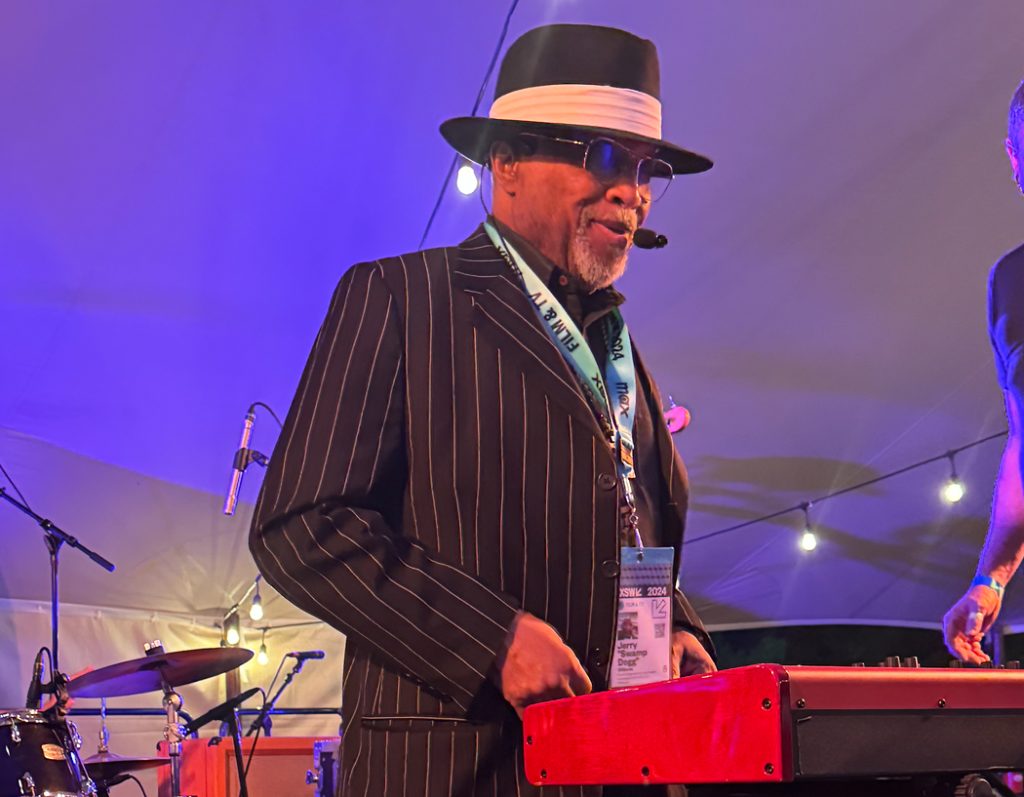
Problems with the 2024 South by Southwest (SXSW) conference started before the event began. The festival had serious financial issues exacerbated by having to close suddenly in 2020 because of the COVID pandemic. In 2021, the original owners sold half of the company to Penske Media Corporation (PMC) to help offset debts. PMC in turn recruited patrons to assist with costs. This year, the U.S. Army, a regular exhibitor at the festival, became a super sponsor. This created a backlash.
In early March, singer-songwriter Squirrel Flower (Ella Williams, a Grinnell College graduate) announced she was pulling out in protest of the connections between the festival and the U.S. Army and defense contractors who supplied weapons used against Palestinians in Gaza. She was soon joined by more than 60 other musicians, record labels, and panelists who publicly declared their refusal to participate.
Texas governor Greg Abbott criticized those pulling out. In a March 12 tweet, he wrote, “We are proud of the U.S. military in Texas. If you don’t like it, don’t come here.” In response, the festival declared, “We fully respect the decision these artists made to exercise their right to free speech.”
This situation put a pall over the event. Many of the artists and speakers felt compelled to express their views on stage. Some, such as Florence Shaw from England’s post-punk band Dry Cleaning, read a prepared statement. The Army itself announced it was “proud to be a sponsor of SXSW.”
That was just one of the many issues surrounding this year’s SXSW. While there was a slew of important panel discussions on technology, new films promoted by major stars (Sydney Sweeney, Ryan Gosling, and Kirsten Dunst), celebrities (Meghan Markle, Katie Couric, and Brooke Shields) speaking on different issues, and, of course, lots of great music—there was also a strange buzz in the air that was not caused by the boycott.
Instead, the most common topic discussion among participants was how crowded the events were. Festival tickets cost more than $1,000. People stood in long lines for an hour to hear lectures by relatively unknown speakers, only to be denied entry and told they could watch it at home later on YouTube. The same was true for some of the movie showings. While figures have not been released yet, it did not appear that there were more official attendees as much as there were fewer lectures, showings, and events of note.
That said, SXSW began as a music festival and music is still the biggest attraction for many. SXSW was the place where artists such as Amy Winehouse, John Mayer, Janelle Monáe, and many others broke out to larger fame. New acts go to SXSW to find audiences and gain publicity.
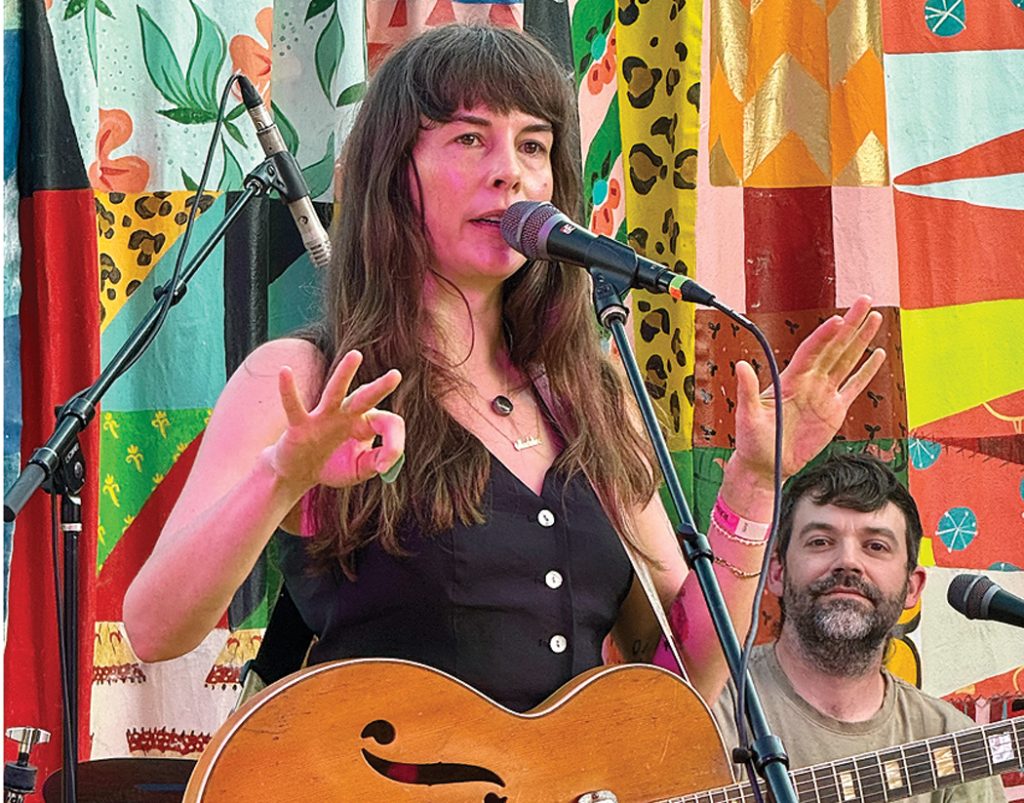
That can be a double-edged sword. Two of the best acts I saw had first performed at SXSW almost 20 years earlier. Singer-songwriter Madi Diaz first played the fest when she was just 19. I caught her three times this year. She had a magnetic and charismatic presence as well as a wonderful collection of songs. From the stage, she mentioned how different she felt playing in front of crowds now as a seasoned performer: “I didn’t know what I was doing then, and I was so scared,” she said. She’s a much more experienced artist now, one who has performed with big names such as Harry Styles and Kacey Musgraves. I didn’t see her back in 2004, but she was awesome this year.
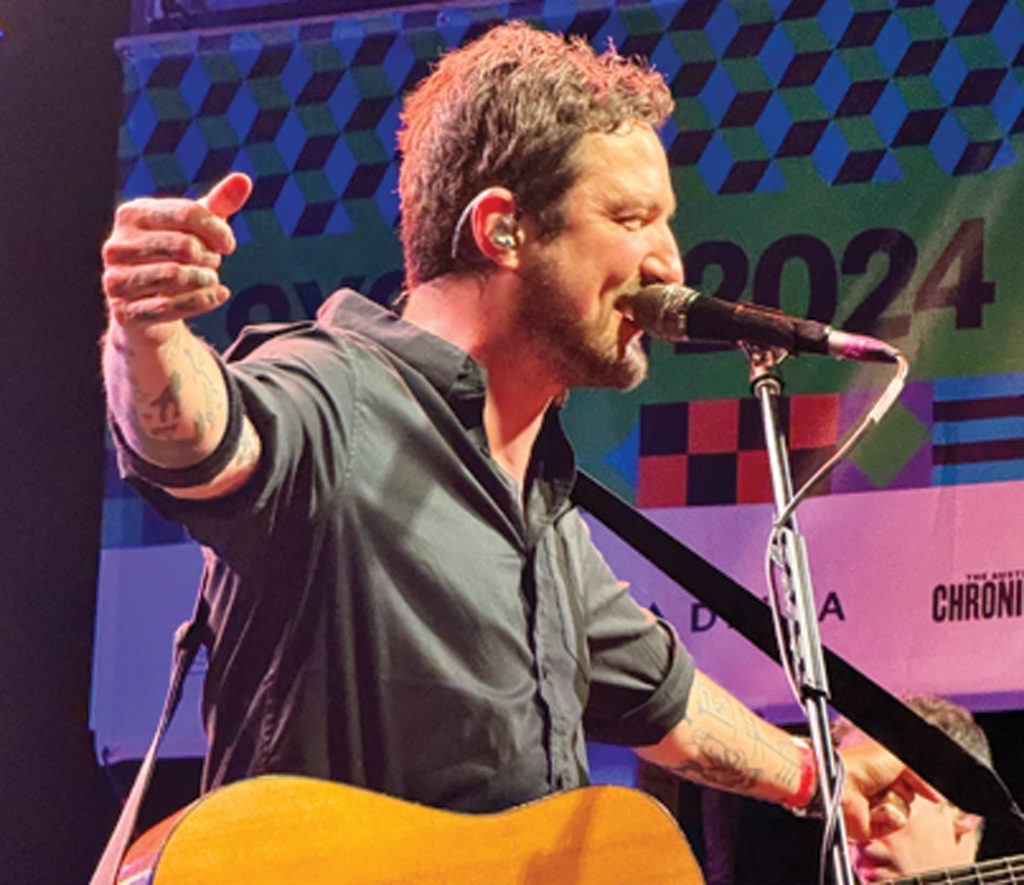
I also saw English alternative rocker Frank Turner back in 2004 and was blown away. I have seen him perform almost a dozen times since, including several shows in Iowa. I spoke to him before his first appearance at SXSW this year. Turner’s energetic performance style and compassion for others (his personal philosophy can be summarized in the title of one of his songs, “Be More Kind”) translates into hard-rockin’ music for thinking folk. Turner constantly tours and sees returning to SXSW and the Hawkeye State as ways to reconnect with old friends and make new fans.
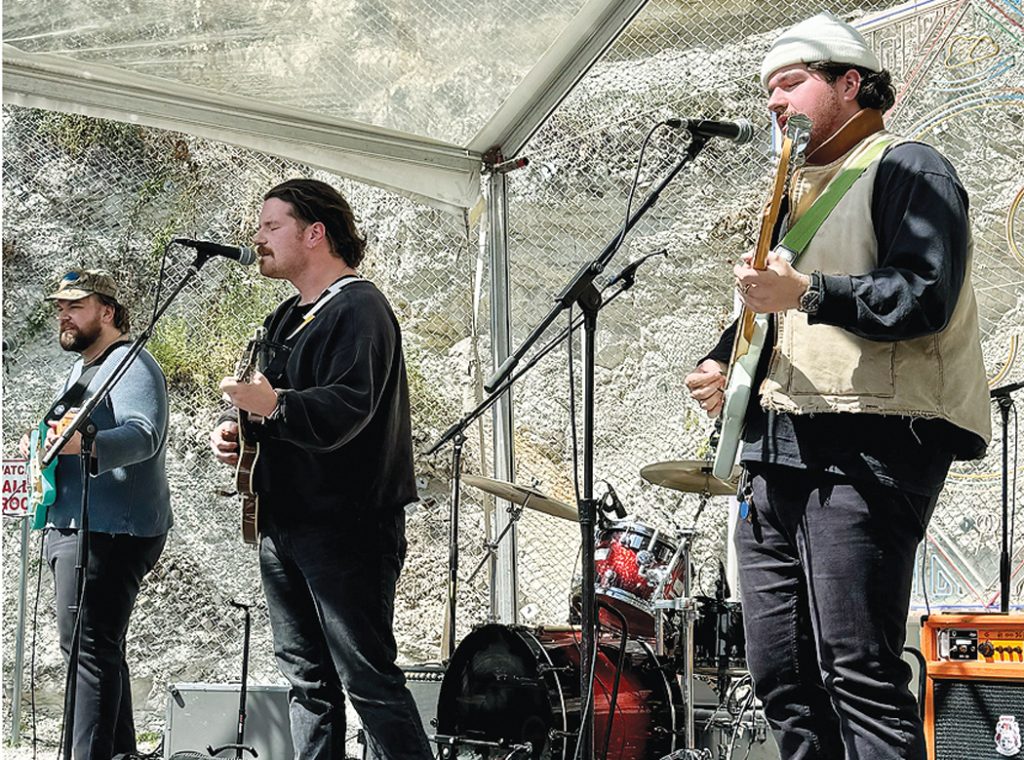
While Turner and Diaz played official SXSW showcases, they also performed at several parties during the more than eight-day event. Part of what has always made SXSW so much fun are these revelries where known and unknown acts play on the same stage and get fresh responses. I discovered the Nashville-via-Detroit band Brother Elsey at a private event celebrating the movie Dandelion, along with other fine acts, such as KiKi Layne and Grace Kaiser (all of whom are in the movie). Brother Elsey takes the roots-rock sound to a higher level by playing clean and hard.
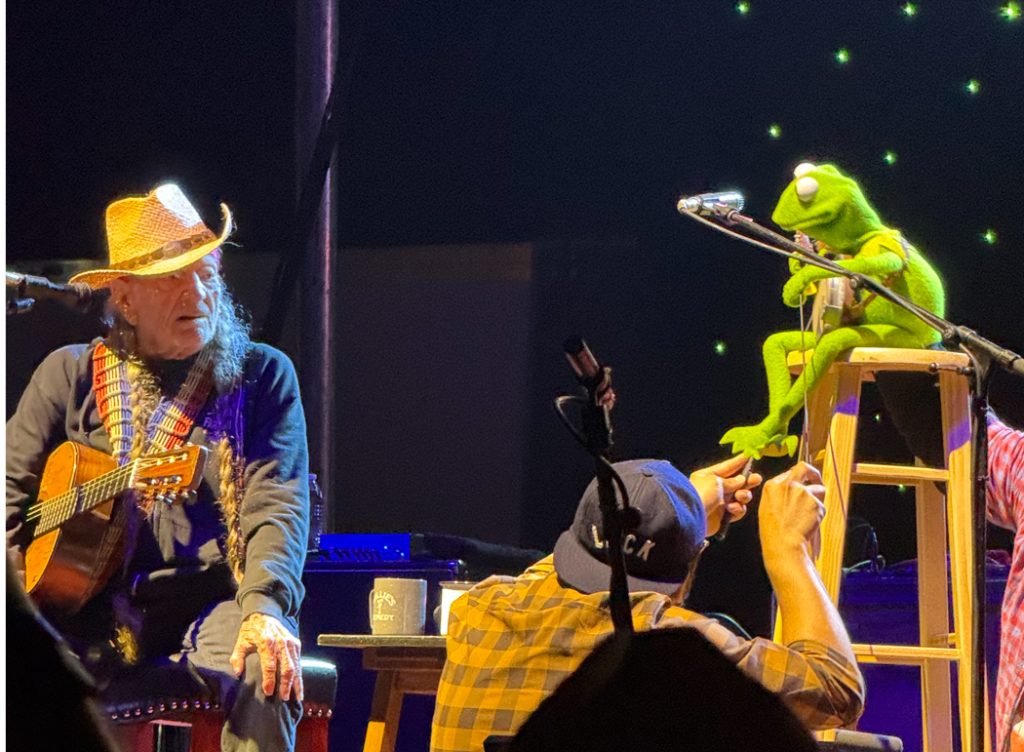
In terms of parties, three stood out that were not officially connected to the festival but took place in Austin during SXSW week: Rancho Pillow’s “All Together Now,” which featured Kathleen Edwards, Hermanos Gutiérrez, and Reyna Tropical; Sam’s Town Point’s “The Dance,” which showcased Reckless Kelly, Shinyribs, and Willis Alan Ramsey; and Willie Nelson’s “Luck Reunion,” which included Swamp Dogg, Tyler Childers, and Kermit the Frog dueting with Willie. Each of these shows had great lineups and benefited from nice weather.
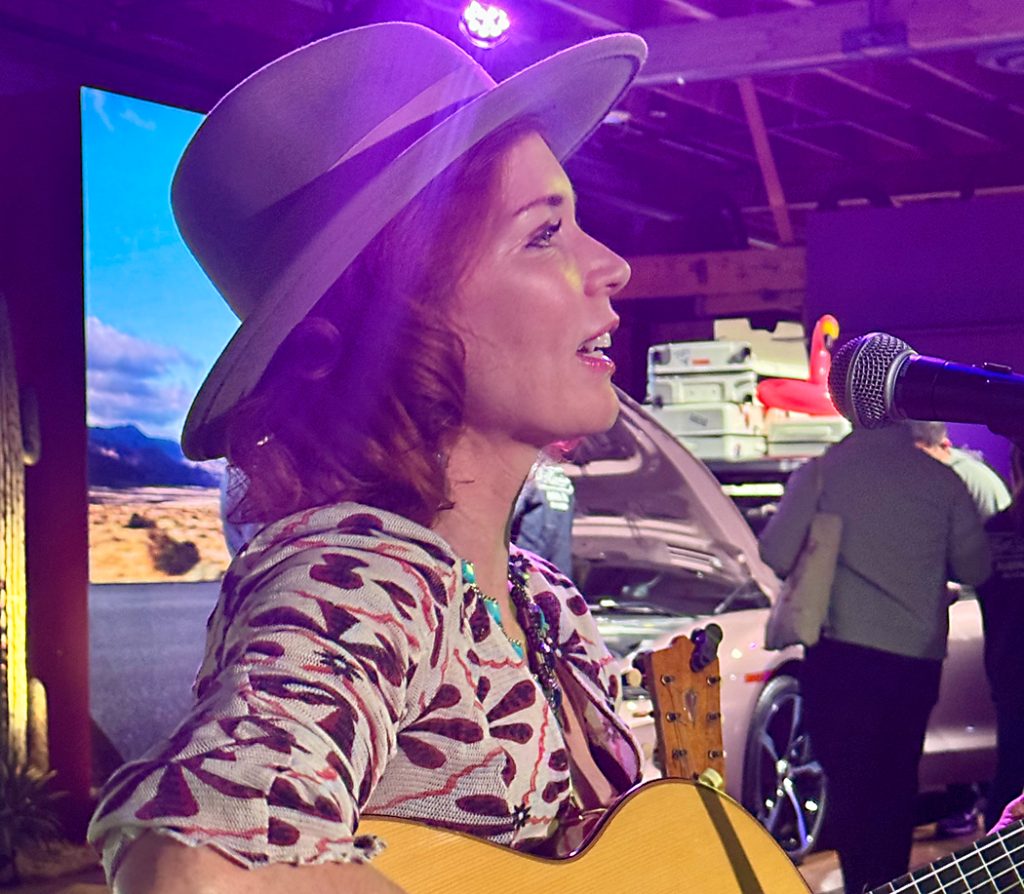
But as is often the case at SXSW, the best moments were the unexpected ones. The Porsche car company hosted an event showcasing their fancy vehicles. Listed on the program for 4:30–5:30 on the Sunday before the music portion of SXSW began was Sue Foley. One had to be a careful reader of the program to see it. Foley is an award-winning blues artist whose first album came out in 1992. I was the only person present just to watch Foley, although as she played, several people came over to hear her. She performed as if it were a full house instead of an audience of one. I felt privileged to witness it.
